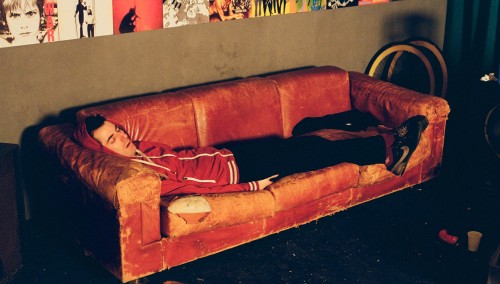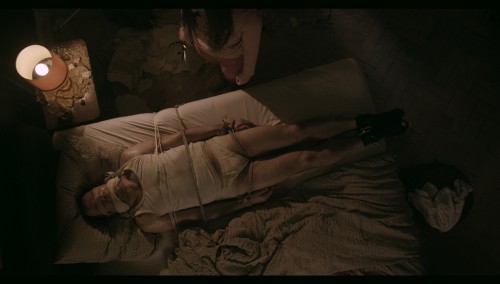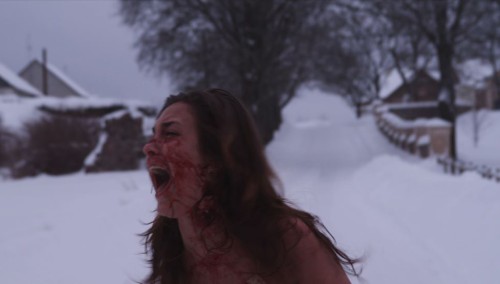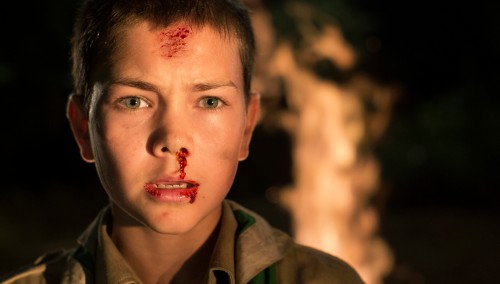Night Sight 2015
The Pegida is marching, the IS is massacring, throwing homosexuals off roofs. What is even the point of horror in the cinema too? This is an argument that is resurrected again and again. A killer argument.
As in other forms of art and narrative, the horror film also exists beyond reality: fantasies can be played out and played through in it. What is soothing and what is disquieting. The consequences are manageable, fear becomes pleasure becomes addiction becomes a productive force. Horror cinema sucks this up until it bursts, usually in the minds of the viewers. This year’s “Night Sight” shows four disturbing films, leaving aside the surprise film for the moment. Some of them test the boundaries of what is bearable, are challenging in a positive sense. Visions and stories that can, perhaps even should, probably must offend as well. At the world premiere of German Angst at the Rotterdam Film Festival, widely appreciated for its closeness to extreme films and generally blessed with an open-minded audience, in the middle of the film a man shouted loudly at the screen “Fuck you!” and stormed furiously out of the cinema theater. A positive sign, not least of all for fantastic cinema from Germany.
Sitting right there in the middle of the myriad subsidized films polished for a new middle class audience, now there is a nightmarish specter, dreamed up by Andreas Marschall, Michal Kosakowski and underground legend Jörg Buttgereit. But not only that: horror cinema celebrates what is forbidden and rotten, sexuality and bodies, those that are whole and those that are torn. Having a possibility to get lost in this busy universe is essential: masks of prudery everywhere, politically correct shrugs everywhere, what is pure, clean and healthy everywhere. Everything organic, of course, biologically degradable obviously and also renewable; hopefully there is no smoking here or I won’t even come in, and please don’t drink more than you can tolerate, or else where would we end up? Somewhere, he is still sitting there, man with all his mistakes and fears, which he is no longer supposed to have, because they make him unproductive.
As in previous years, “Night Sight” should and must be a vessel for the irrational. We meet monsters in the forest, watch children dying. Nazis murder babies, a teacher loves a pupil, a hammer hits a head. It is not a matter of finding everything good and wonderful. When films cut so deep into our brains, wounds are left. Hopefully, because wounds make us feel that we are alive. That not everything makes no difference. That maybe we even like pain. And look for it again. Naturally in the “Night Sight”. Where else?




